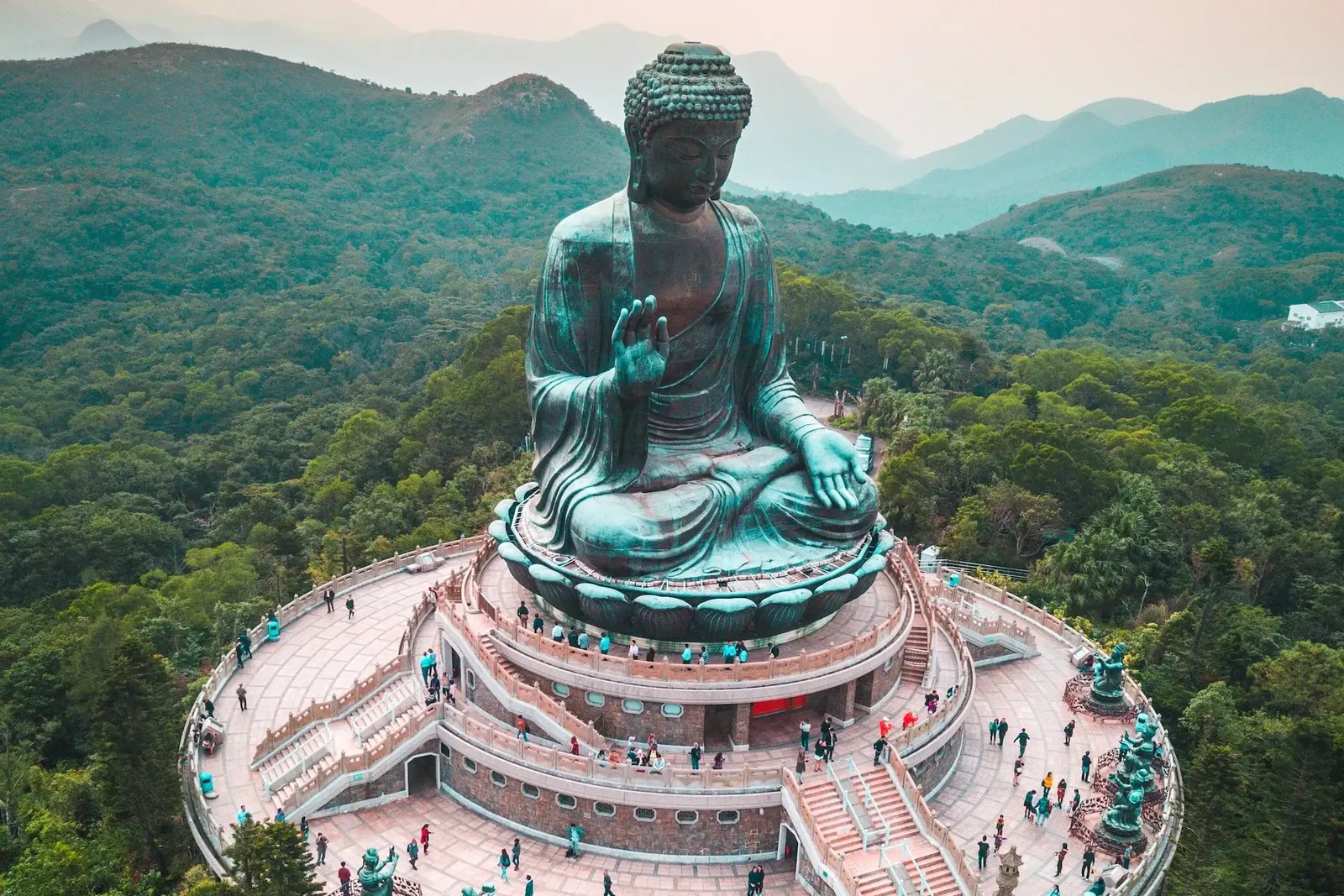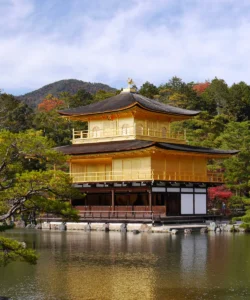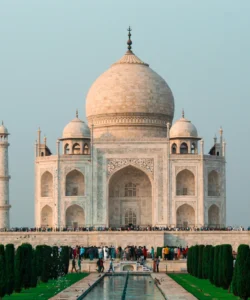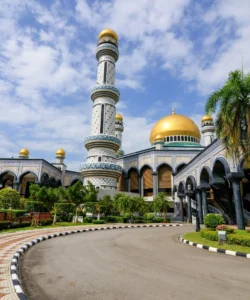The Tian Tan Buddha, affectionately known as the “Big Buddha,” is a colossal bronze statue of Buddha Shakyamuni located on Ngong Ping Plateau on Lantau Island, Hong Kong. Completed in 1993, this iconic landmark serves as a powerful symbol of the harmonious relationship between humanity, nature, and faith, drawing both Buddhist pilgrims and tourists from around the world.
![]()
Name: Tian Tan Buddha (天壇大佛, Tiāntán Dàfó; colloquially, the Big Buddha)
Address: Ngong Ping Road, Lantau Island, Hong Kong. It is situated adjacent to the Po Lin Monastery.
How to get there:
Reaching the Tian Tan Buddha is an experience in itself, offering scenic views:
- Ngong Ping 360 Cable Car: The most popular and spectacular way. From Tung Chung MTR Station (Exit B), walk to the Ngong Ping 360 Cable Car terminus. The 25-minute cable car ride offers breathtaking panoramic views of Lantau Island, the South China Sea, and on clear days, even Macau.
- By Bus: From Tung Chung MTR Station’s bus interchange (opposite Exit B), take public bus route 23 directly to Ngong Ping. This journey takes approximately an hour and offers scenic views, though it’s less direct than the cable car.
- By Taxi: Taxis are available from Tung Chung MTR Station and offer a quicker, though more expensive, option directly to Ngong Ping.
- Hiking: For the adventurous, there are several hiking trails leading to Ngong Ping from Tung Chung or other parts of Lantau Island, offering a more challenging and immersive experience.
Landscape and Architecture:
The Tian Tan Buddha is integrated into a serene natural landscape, with its design reflecting Buddhist symbolism and Chinese architectural influence:
- Massive Bronze Statue: The statue itself is a magnificent bronze figure, 26.4 meters (87 feet) tall, seated on a three-tiered altar or base, which combined with the lotus pedestal and base, brings its total height to 34 meters (112 feet). It weighs over 250 metric tons and was assembled from 202 bronze pieces over three years.
- Lotus Pedestal and Altar: The Buddha sits on a stylized lotus throne, symbolizing purity. The three-tiered circular base platform beneath the statue is designed as an homage to the Altar of Heaven (Tian Tan) in Beijing’s Temple of Heaven, which is where the “Tian Tan” in its name originates. This platform offers a 360-degree viewing area.
- The 268 Steps: Visitors ascend to the base of the Buddha via 268 stone steps, a spiritual journey in itself. A winding road is also available for those with mobility challenges.
- Six Devas Statues: Surrounding the main Buddha statue are six smaller bronze statues known as “The Offering of the Six Devas.” These figures are depicted in various poses, presenting offerings such as flowers, incense, lamps, ointments, fruits, and music to the Buddha, symbolizing the Six Perfections (generosity, morality, patience, zeal, meditation, and wisdom) essential for enlightenment.
- Po Lin Monastery: The Buddha is situated directly adjacent to the historic Po Lin Monastery, founded in 1906. The monastery complex includes traditional temples, halls, and gardens, with vibrant colors and intricate details, providing a spiritual backdrop to the statue.
- Natural Surroundings: The statue is set amidst the lush, rolling hills of Lantau Island, offering panoramic views of the surrounding mountains, the South China Sea, and the distant Hong Kong skyline.
What makes it famous:
The Tian Tan Buddha is famous for:
- One of the World’s Largest Sitting Buddha Statues: While not the absolute largest (Fo Guang Big Buddha in Taiwan is taller), it’s a significant and imposing bronze Buddha statue, particularly as an outdoor, sitting figure.
- Symbol of Harmony: It is widely considered a symbol of the harmonious relationship between man and nature, and between people and faith, resonating with spiritual seekers and visitors from all backgrounds.
- Pilgrimage Site: It is a major Buddhist pilgrimage site, attracting devotees from across Asia and the world who come to pay homage.
- Accessibility and Views: The combination of the scenic Ngong Ping 360 Cable Car ride, the spiritual ascent via 268 steps, and the breathtaking panoramic views from the base makes it an exceptionally popular tourist attraction.
- Architectural and Artistic Achievement: The statue’s monumental scale and intricate design are recognized as a remarkable feat of engineering and Buddhist sculptural art.
- Relic of Gautama Buddha: Within the three-floor base beneath the statue, there is a relic believed to contain some of Gautama Buddha’s cremated remains, making it a sacred repository (access is often restricted to those purchasing offerings).
Differences from some other wonders:
The Tian Tan Buddha, while sharing similarities with other large Buddha statues globally, has several unique distinguishing features:
- North-Facing Orientation: Unlike most other great Buddha statues in Asia, which traditionally face south, the Tian Tan Buddha uniquely faces north. This is said to symbolize its gaze towards mainland China, promoting harmony and prosperity for the people of the country. This unusual orientation is a key distinguishing characteristic.
- “Tian Tan” Base Design: The design of its three-tiered base, replicating the Altar of Heaven (Tian Tan) in Beijing’s Temple of Heaven, is a specific architectural homage that sets it apart from other Buddha statues which might have more conventional pedestals.
- Integrated Tourist Experience: While many large statues are primarily religious sites, the Tian Tan Buddha is part of a highly developed tourist complex including the Ngong Ping 360 Cable Car, Ngong Ping Village, and its proximity to Po Lin Monastery, offering a comprehensive and accessible visitor experience that blends spirituality with tourism infrastructure.
- Context of Hong Kong: Its location in modern, bustling Hong Kong, a global financial hub, makes it a striking symbol of spiritual tranquility amidst rapid development. This contrast of ancient faith in a contemporary, highly urbanized setting adds to its unique character.
- The Offering Devas: The presence of the six smaller bronze statues of devas making offerings around the main Buddha is a specific iconographic detail that enriches the symbolic meaning of the site.
In essence, the Tian Tan Buddha is not just an impressive statue; it is a profound spiritual landmark, an engineering marvel, and a unique blend of Chinese cultural homage and Buddhist symbolism, all set within the beautiful natural landscape of Lantau Island.



























